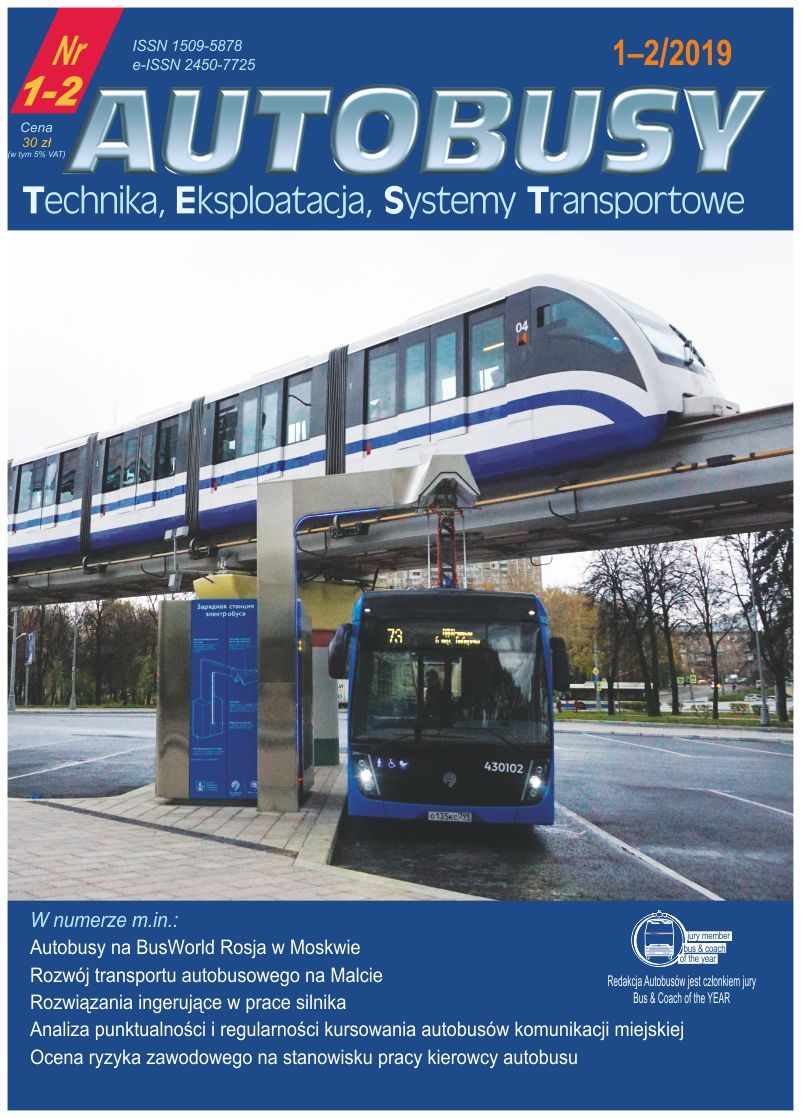Research on the dynamics of railway car construction
DOI:
https://doi.org/10.24136/atest.2019.024Keywords:
Experimental Modal Analysis, dynamics of railway vehiclesAbstract
Nowadays, one of the basic criteria of the design of mechanical structures are dynamic properties of the object. They have a significant effect on the vibration, emitted noise, fatigue strength, controllability and stability of the structure. The structural models are most often use to describe the dynamics of the structures. These models are built in accordance with the principles of the finite element method . Structural model can be used to determine the modal model which is a collection of natural frequencies and corresponding mode shapes by an appropriate coordinate transformation model. The construction pro-cess is called the modal analysis . The article presented a method of conducting the experimental modal studies of railway car. The aim of the study was to identify the dynamic properties including the frequency and mode shapes of the object..
Downloads
References
Haylen W., Lammens S., Sas P., Modal Analysis Theory and Practice, KU Leuven, 1997.
Kurowski P., Bednarz J.: Comparison of modal parameters determined in operational conditions by means of the OMA and OMAX method, Structural health monitoring 2008 : proceedings of the fourth European workshop: Cracow, Poland, July 2–4, 2008 Lancaster, Pennsylvania: DEStech Publications, Inc., 2008.
Peeters B., Vecchio A., Van der Auweraer H. PolyMAX modal parameter estimation from operational data. Proceedings of ISMA2004. 2004; 1049-1063.
Uhl T., Lisowski W., Kurowski P., Inoperation modal analysis and its application, Wydawnictwo Katedry Robotyki i Mechatroniki AGH, 2001.



